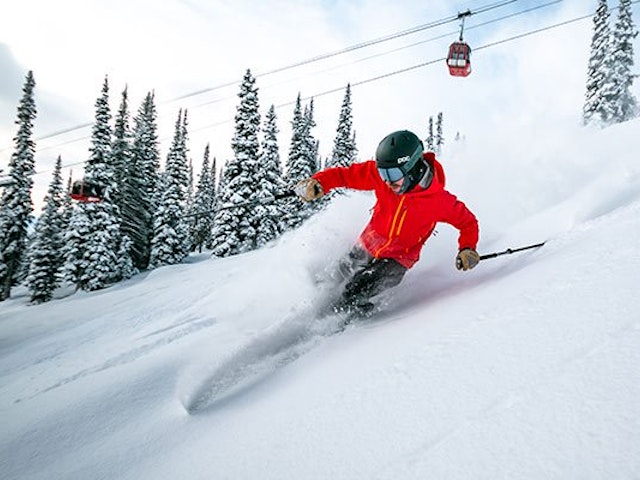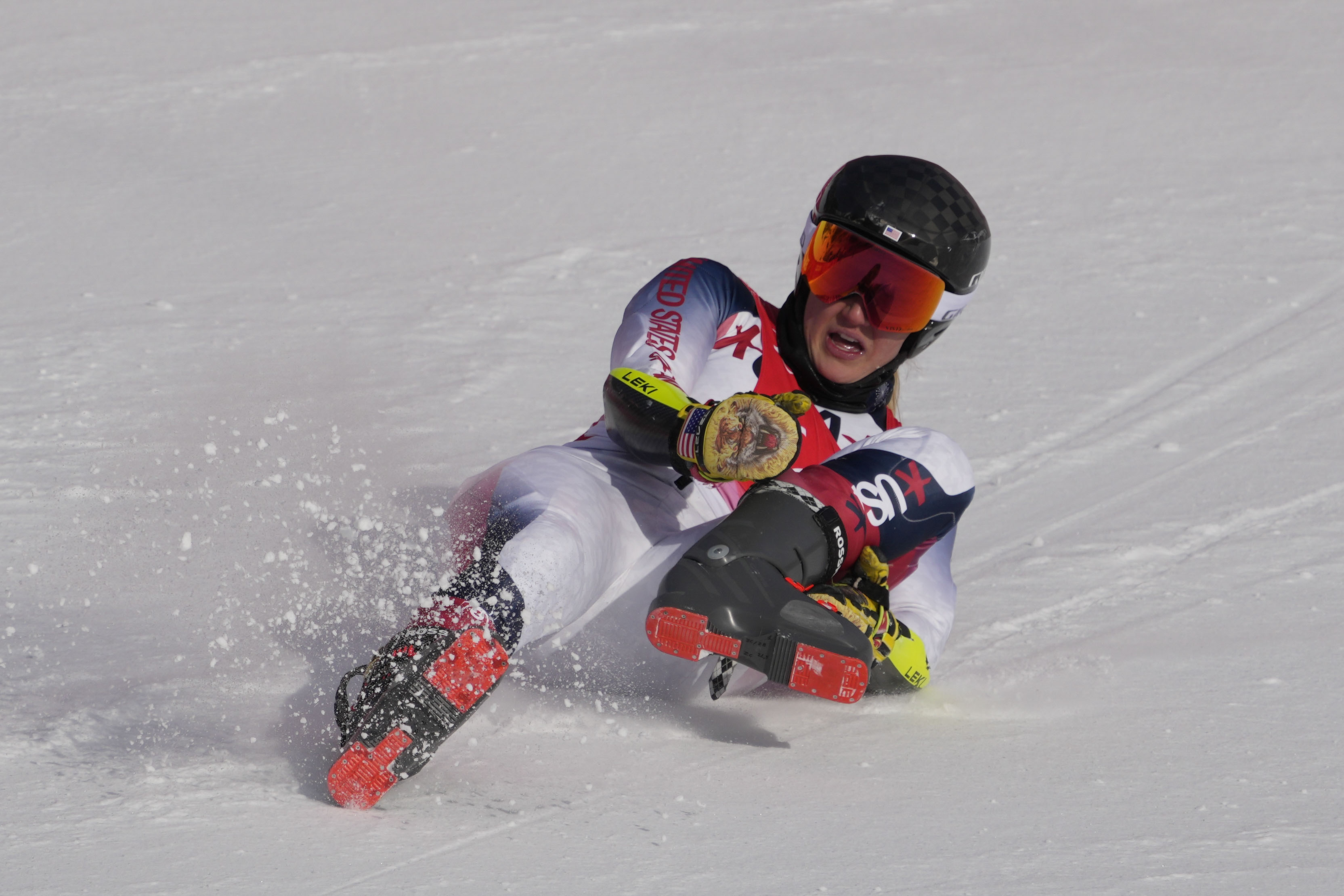
Yellowstone is a great place to learn cross-country skiing. There are many options for you to choose from: ski rentals, guided tours or equipment sales.
Yellowstone is home to more than 40 miles in Nordic skiing trails. There are many beginner-friendly trails that are available for those who are just beginning. There are many other trails that can be explored. There are also snowmobiles for those who wish to travel outside of the park.
The Rendezvous Ski Trails and West Yellowstone are two of the most well-known trails in the region. These are top-quality trails that draw U.S. Nordic Team personnel and visitors. These places also offer skating lessons.

The Bighorn Pass Trail is another great option for those who wish to experience the thrill of the snow on their skis. The trail offers a variety in difficulty levels, including steep and steep slopes. It is advisable to have a partner as the danger of an avalanche increases. Renting an avalanche transmitter may be another option.
The Upper Terrace Loop is a good ski area for those looking to get a glimpse of some of the geothermal features in the Mammoth Hot Springs area. This loop is suitable for cross-country skiers. This scenic route allows you to view the Gallatin and Madison mountain ranges.
The West Yellowstone area is one of the most popular areas for Nordic ski in the Yellowstone region. There are hundreds of miles of trails that run through the park's iconic scenery, both groomed or ungroomed. These trails are incredibly varied, and you will be able to cover a lot of ground depending on how skilled and experienced you are. The National Park Service has rated many of these trails.
Harriman State Park offers skiing opportunities within an hour of West Yellowstone. Harriman offers a variety of terrain including ungroomed trails as well as skating lanes. Most of the roads in the park are closed to oversnow travel between mid December and mid March.

Layers are recommended if you plan to visit the park in winter. If you aren’t comfortable with the cold, it is important to watch out for signs such as frostbite and hypothermia. Keep an eye out for wildlife like deer or pine martens. Don't forget to register your information at the visitor station before you begin your journey.
If you're visiting the park, stop by the Taste of the Trails. This is a supported 5K race that allows skiers of all levels to experience the wonders of the area. Many food stands are located along the route. This allows you to stop at one of the many delicious restaurants along the way.
FAQ
Here are some things you should never forget about when traveling.
When you travel, you'll find yourself in situations with little time to make decisions. Be ready to adapt.
Sometimes you might find yourself stuck for days, weeks or months. If you plan ahead you can have food and water, shelter, and a place for sleep. You may need to improvise if you don't plan ahead.
In these cases you will need to rely on your best skills. This means that you will need to make quick decisions based on your intuition and experience.
But sometimes, you won't have any choice. For example, you could be stranded in an area without cell phone service, running out of gas, or having been robbed. You will need to be flexible to any situation that presents itself.
The key to success is to stay calm, remain focused and act decisively. Don't panic. Instead, try to focus on the things that you can control.
If you are lost in the woods, it is possible to choose which direction you should go. If you are hungry, you can eat mushrooms or berries. You can also drink rainwater and melt snow if you feel thirsty.
If you are tired, you can take a break. If you're cold, you can bundle up. You can wear a sweater if it's cold. Whatever your choice, staying positive will help you feel better.
What amount of luggage should I bring?
The amount of luggage you take depends on the length of your trip. Hand baggage is usually limited to 20 kg if you travel by plane. If you're traveling by bus or train, you'll need more space.
An airport form with information regarding your flight will be handed to you upon arrival. This form will ask for information such as your baggage weight and if you require assistance to check them in.
You should always check this before leaving home. You might find yourself stuck waiting in line for hours as everyone else inspects their luggage.
Travel light as you never know what may happen. You won't be able to use your bag if it gets lost.
What documents should be kept handy while on the road?
Keep copies of important documents at home for easy access while on the road. If you plan on using an ATM machine, you may want to keep a copy of your passport, driver’s license and other official identification cards.
A photocopy is always a good idea. This can be used to verify your identity, if necessary.
Make sure to keep a copy of your itinerary and any reservations. These will help with your planning and remembering where you are.
You should also keep a copy your hotel reservation and flight ticket details. This way, you'll be able to contact someone back home if you get into trouble.
It's a good idea to never leave valuables unattended. Keep your valuables safe by storing them in a money belt or inside your luggage.
To avoid costly items being lost, make sure you check your luggage before you leave.
Remember: It's always safer to keep things simple than to try to over-plan everything.
So just relax and enjoy your journey!
What is the first thing to do after arriving at your travel destination?
An itinerary is essential for every trip. This will help you plan what to do and where to go next.
You need to plan ahead to ensure you don't miss anything important.
You should also research what museums, parks, or landmarks you want to visit if you are planning to visit a city more than once.
It might be worth looking into getting a map for the area or reading about the history of this region.
Statistics
- You can use compression sacs or cubes to reduce the volume of your clothes by up to 80%—this is especially convenient for bulky items such as sweaters and jackets. (eaglecreek.com)
- Case in point: the private island of Ilha Caldeira, less than seven miles off the coast as part of the Primeiras and Segundas Archipelago, is located within the marine-protected area with 20 percent of the country's intact living coral. (travelandleisure.com)
- That's an 18% jump from 2019, the previous record year. (travelandleisure.com)
- Between the ages of 11 and 13, kids, or tweens, will likely want some autonomy but also need boundaries. (travelandleisure.com)
- Alcoholic beverages with 24% alcohol or less are not subject to limitations in checked bags. (tsa.gov)
External Links
How To
What are the top travel tips for beginners
You can travel is an exciting adventure, but there's a lot you need to be aware of to make sure you have a safe and enjoyable journey.
Here are some simple tips to help you plan your next holiday.
-
Book early. The price of a booking is lower if it's made in advance. By booking in advance, you can save money on hotels and flights.
-
Stay-at-budget accommodations. Hotels at a lower price offer more value. They're usually located near public transportation and shopping centers.
-
Don't overpack. Keep it light. Keep room for souvenirs. Make sure you bring clothes that fit well and don’t wrinkle easily.
-
Use common sense. If you're traveling alone, don't walk around late at night. Avoid dangerous neighborhoods and areas with high levels of crime.
-
Make sure you take preventative measures against theft. Keep valuables away from prying eyes. Don't leave anything valuable behind when you go swimming.
-
Cash is a dangerous thing. Thieves often target tourists visiting foreign cities. Avoid exposing your cash and only use ATMs in banks or other secured facilities.
-
Know your stuff. You should know how to use public transport before you book a hotel. Get information on tourist attractions, restaurants and other sights.
-
Make sure you are safe. Before you travel, learn about the culture, laws, and customs of your destination.
-
Have fun. Have fun, regardless of what happens. It is worth it.